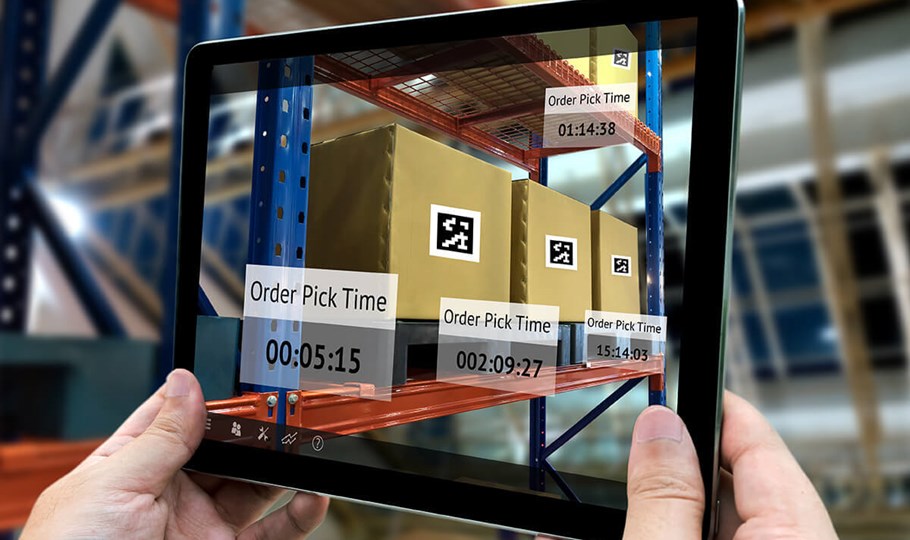
The Pokemon Go phenomenon, which has exceeded 500 million downloads worldwide, highlights the possibilities of augmented reality (AR) not just for gaming, but also for use in the supply chain.
AR is a technology that superimposes a computer-generated sensory input - such as sound, video, graphics or GPS data - into a user’s real view of the world. It’s rapidly becoming an important technology in the enterprise, bridging the divide between the physical and digital worlds.
ABI Research forecasts that AR will hit an inflection point in 2017, having grown by more than 400% over 2016.
In our logistics world, DHL has piloted AR in Europe and the U.S., equipping warehouse workers with AR smart-glasses which guide them through order picking.
The benefits of AR are clear to see. For starters, on a purely practical level, it speeds the process up for deskless workers who need hands-free access to contextual information. But as well as higher efficiency, AR offers reduced errors, reduced training and an optimised use of labour. So far so good.
However, AR still has a number of technical challenges to be overcome, including issues with performance, battery life, size and weight to make it practical for day to day use. Most analysts agree these technical barriers will be broken down within the next few years. How the technology advances in 2017 may drive the broader adoption in logistics.
